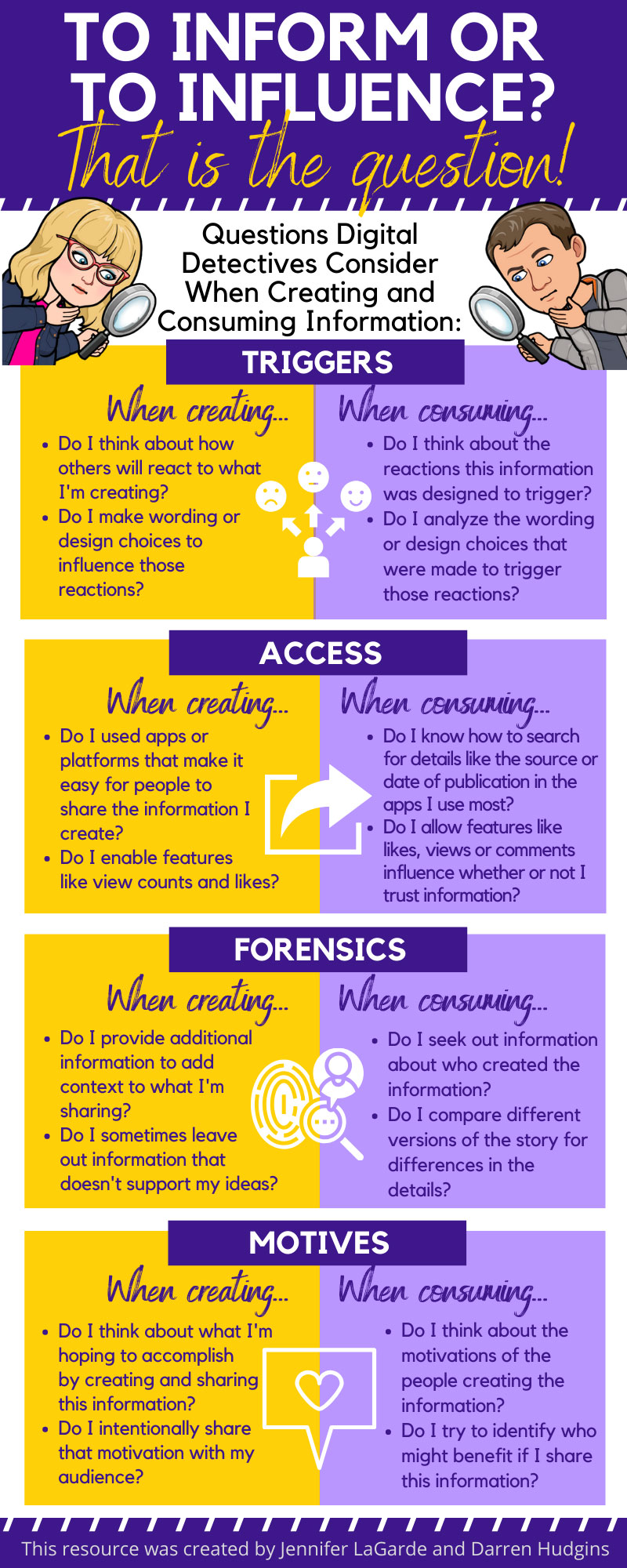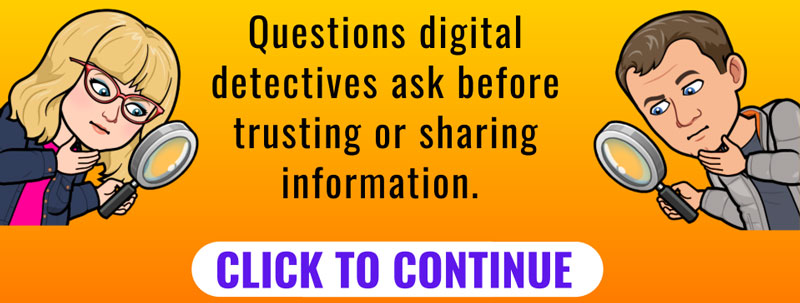We Are the Media: Helping Young Information Creators Be Better Consumers | News Literacy
Broadcasting is increasingly filled with citizen-generated content. But being a media producer also brings responsibilities.
 |
Getty Images |
In 2012, former Dresden Dolls frontwoman Amanda Palmer made history by raising $1.2 million on Kickstarter to fund the production of her next album, tour, and other related works. The video that punctuated the end of that campaign featured Palmer holding a series of handwritten signs conveying messages to her fans and backers. One read “WE ARE THE MEDIA," a phrase that became a tagline for Palmer and manages to feel even more relevant today than it did in 2012.
Social media shows how prophetic Palmer’s words were. As #BlackLivesMatter protests surge throughout the world, news coverage documenting those events is filled largely with “boots on the ground,” citizen-generated content. Similarly, cable news features many videos, shot largely from mobile phones, capturing everything from the solidarity of peaceful demonstrations to the brutality of crushing violence.
These videos have been used to both inform and influence, and to inspire and incite. Since nearly everyone has access to a mobile device and can capture and broadcast information in real-time, we are, indeed, the media. But as the saying goes, with that power also comes responsibility.
READ: The Importance of Critical Thinking in the Age of Fake News
 |
 |
Consumers and creators
Recent surveys reveal that many young people aspire to be social media influencers, as opposed to more traditional careers. This drive, and the popular apps that require kids to produce content to connect with one another, push young people into the content creation game early.
When we work with kids as young as fourth grade, many admit to having secret YouTube channels or to counting the days until their parents will let them to create an Instagram or TikTok account. This urge to influence provides an opportunity for educators who want to help young people be more savvy consumers of the information they encounter in these spaces and others.
One way to help young people think deeply about the information they consume is to ask them to apply that same analysis to the information they create. The more time they spend considering how their choices as information creators affect outcomes like clicks, likes, and shares, the more shrewd they become at recognizing when those same strategies are being used on them. This infographic provides critical questions that can help guide learners as they carefully consider what it means to produce content for an audience in a way that informs rather than influences.
Resources like The Bad News Game put kids in the driver’s seat as they see how their choices around news consumption produce real results that affect themselves and the world. Coupled with meaningful reflection, such decision-based games can be effective in helping learners see a direct line between their actions and potential consequences. Educators can use a tool like Google Slides to produce similar resources like the one we created here to simulate an Information Literacy “Choose Your Own Adventure”–style activity.
Older learners can take this a step further, by designing their own decision-based activities, like the one we created above. By challenging kids to create an activity in which the choice to be a more ethical, transparent information creator is pitted against the desire to be a more influential one, they are forced to think about just how easy it is to manipulate information in order to achieve more clicks or increased followers. The questions posed in the infographic above, coupled with their own experience as content creators, provide a solid foundation for today’s learners to build resources that trigger meaningful reflection and robust conversations about their roles and responsibilities as content creators.
What happens when we get it wrong?
There was a time when the phrase “primary source” conjured images of blood-stained journals found on the battlefield. These firsthand accounts of a significant event were viewed as the gold standard of information sources. Today, everyone with a mobile device is creating primary sources that document the world around them. Just as the aforementioned bloodstained journal was written from the perspective of the person holding the pen, with details included or excluded reflecting their own experiences, desires, and fears, today’s digital equivalents reflect the similarly limited and biased points of view of the person holding the phone. The most significant differences between these two artifacts are a) the rate at which today's information is spread and b) the absence of vetting that takes place prior to today’s primary sources becoming part of any historical moment’s canon.
If Amanda Palmer was right eight years ago when she proclaimed “We Are The Media,” then it is up to us to both do that vetting beforehand and the necessary reflecting when we get it wrong. In the infographic, we ask learners to consider whether or not they are ever tempted to leave out details such as how or where something was created if those details don’t support their ideas or the story they are trying to tell. For our learners, the answers will almost certainly be no (most of the time). However, people aiming to deceive make these are the kinds of choices. It’s important for young creators and aspiring influencers to understand how this poses an ethical dilemma. Knowing that omissions also occur unintentionally, it’s critical that we teach kids how to responsibly communicate the error when they get it wrong.
We’ve all shared or posted something that turned out to be misleading, biased, or just plain false. What happens next speaks to our credibility. We have the choice to (at least attempt to) erase the mistake from public view, or we can dissect what happened so that others can learn from it. In Fact vs. Fiction: Teaching Critical Thinking Skills in The Age of Fake News, we shared tips for helping kids navigate difficult conversations related to the news. Here are more tips to help kids take responsibility when they unintentionally spread misleading or false information:
- Apologize. If what you shared had the potential to inflict harm or cause confusion, say you are sorry.
- Explain the specific mistake you made. Rather than just saying, “Oops! I goofed,” outline the choices you made that led to the misunderstanding.
- Resist blaming others. Instead, if people brought the mistake to your attention, thank them. Rather than giving people the opportunity to say “I told you so,” you can head off that kind of negativity by just admitting that they told you so!
- Be reflective. Let people know what you will do differently in the future as a result of these missteps.
- Be sincere. We all make mistakes. Using them as an opportunity to learn is what turns a momentary lapse into a long-lasting lesson.
In the time it took you to read this article, more information was created than at any other time in human history. Without gatekeepers, we, and our students, are the media. But with this role comes responsibilities. Helping kids reflect on their choices as content creators, and giving them strategies for positive outcomes when they get it wrong, prepares them for a potential future as a social media influencer and helps them think about the choices others make when creating the information they consume.
Jennifer LaGarde and Darren Hudgins are co-authors of Fact vs. Fiction: Teaching Critical Thinking Skills in the Age of Fake News.
READ: Get Smart About Memes
RELATED
The job outlook in 2030: Librarians will be in demand
The job outlook in 2030: Librarians will be in demand
ALREADY A SUBSCRIBER? LOG IN
We are currently offering this content for free. Sign up now to activate your personal profile, where you can save articles for future viewing






Add Comment :-
Be the first reader to comment.
Comment Policy:
Comment should not be empty !!!